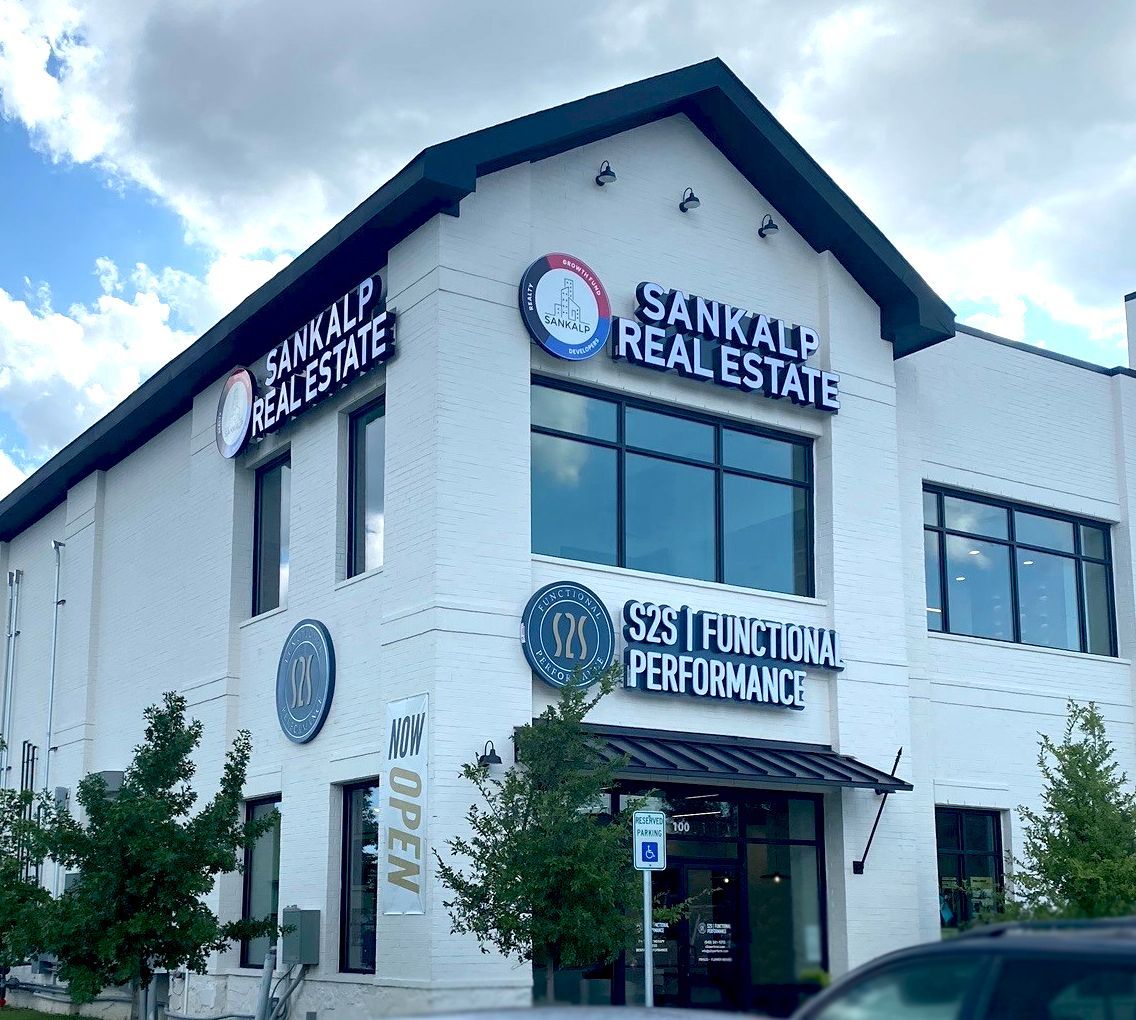Like all other municipalities in North Texas, Flower Mound has adopted a sign code aimed at creating a visually cohesive environment while allowing businesses to effectively communicate with the community.
The regulations outlined in the town's code demonstrate a clear intention to strike a balance between encouraging aesthetically pleasing signage and ensuring public safety. In this article I will address what Flower Mound’s sign code has to say about a few of the most common sign types used by businesses.
As stated in chapter 86 of the Flower Mound sign code, the primary purpose of the sign code is to enhance the town's visual appeal by promoting consistent, high aesthetic standards in signage. Flower Mound aims to use these regulations as a positive tool, benefiting both citizens and the business community. Importantly, the regulations are designed not to discourage aesthetically pleasing signage but rather to guide the design, materials, and placement of signs.
To maintain control and quality in the signage within the town, any person or business involved in the installation, servicing, or maintenance of signs must be registered with the town. This includes a licensing requirement for sign installers, emphasizing the importance of adherence to the regulations outlined in the code.
Flower Mound’s sign code provides detailed guidelines for sign illumination, emphasizing the importance of continuous and non-flashing lighting. The regulations aim to ensure that illuminated signs do not pose safety hazards or interfere with traffic. Additionally, all electrical wiring must conform to the town's electrical codes, contributing to overall safety and reliability.
Ground signs are essential for businesses and institutions to be easily identified. Ground signs are subject to specific requirements and are outlined in section 86-67 of the code. These include limitations on height, width, and sign area, ensuring a harmonious streetscape. The code provides clear instructions on what information can be displayed on ground signs for churches, schools, and nonresidential uses.
The code also addresses the spacing, architectural compatibility, and setbacks for ground signs, emphasizing the importance of maintaining a consistent and visually appealing environment. Restrictions on changeable message signs are outlined, with specific allowances for certain entities such as churches, schools, and institutional uses.
Wall signs, attached to buildings, mansard roofs, or subdivision screening walls, are subject to size restrictions based on lineal footage. The code outlines specific rules for different types of businesses, including nonresidential multitenant buildings and those with exterior access. Building identification wall signs are also addressed, with limitations on size and placement to ensure a cohesive and balanced aesthetic.
Flower Mound's sign code, as detailed in these sections, reflects a thoughtful approach to urban planning, focusing on aesthetic appeal, safety, and the needs of the community. However, navigating language and regulations in the code of ordinances can be daunting for businesses because different cities and local jurisdictions have their own set of rules and regulations regarding signage. These regulations can vary significantly in terms of size, placement, illumination, materials, and even the content of the signs. Businesses must familiarize themselves with the specific requirements of each location where they operate.
A licensed and registered sign company like SIGMA Sign Co. plays a crucial role in helping businesses navigate sign regulations in different cities. Most signs require sign permits and each municipality has its own set of sign requirements for business to follow and many landlords include additional sign requirements in your lease for your building. Our years of experience will help make sure your signs are in compliance with the local code and we can help provide what is needed for you to receive approval from your landlord as well.
SIGMA Sign Company is well-versed in local sign regulations and zoning ordinances. We can provide businesses with expert advice on how to design, install, and maintain signage that complies with the specific requirements of each city or municipality. We will also obtain necessary permits for signage and can also work with your landlord on sign approvals to meet lease requirements. Visit us on the web at www.sigmasignco or call us today!
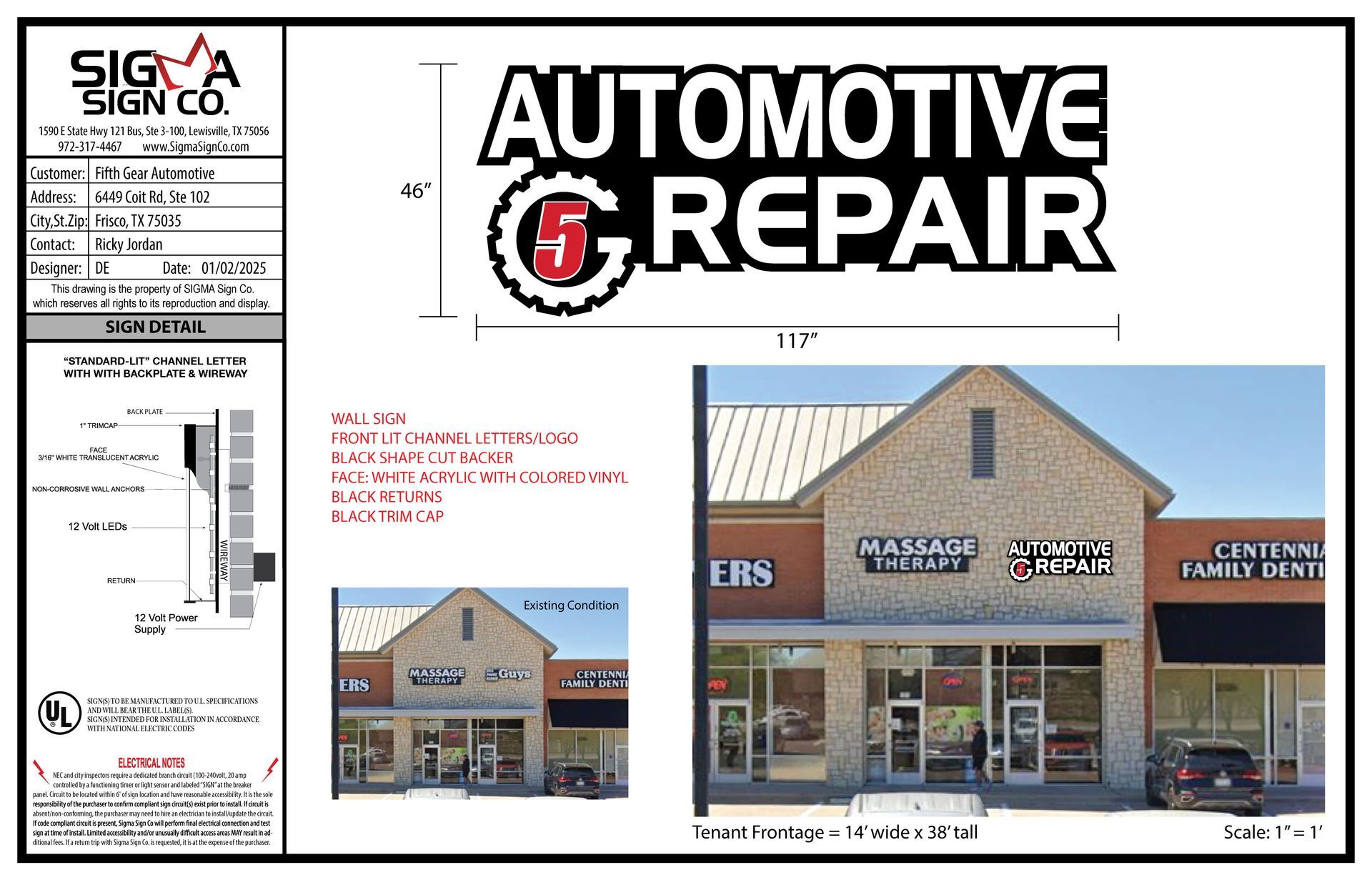

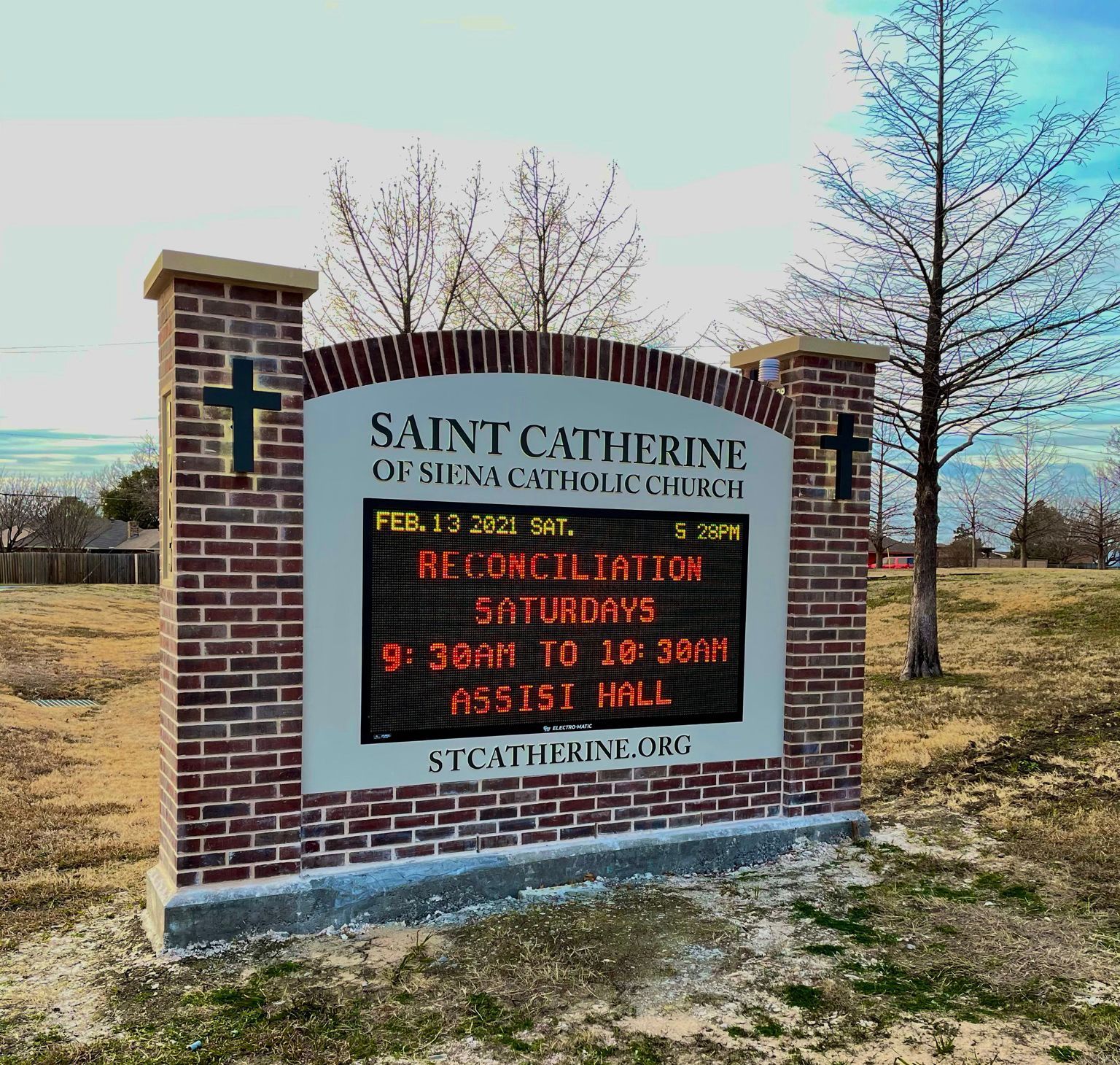
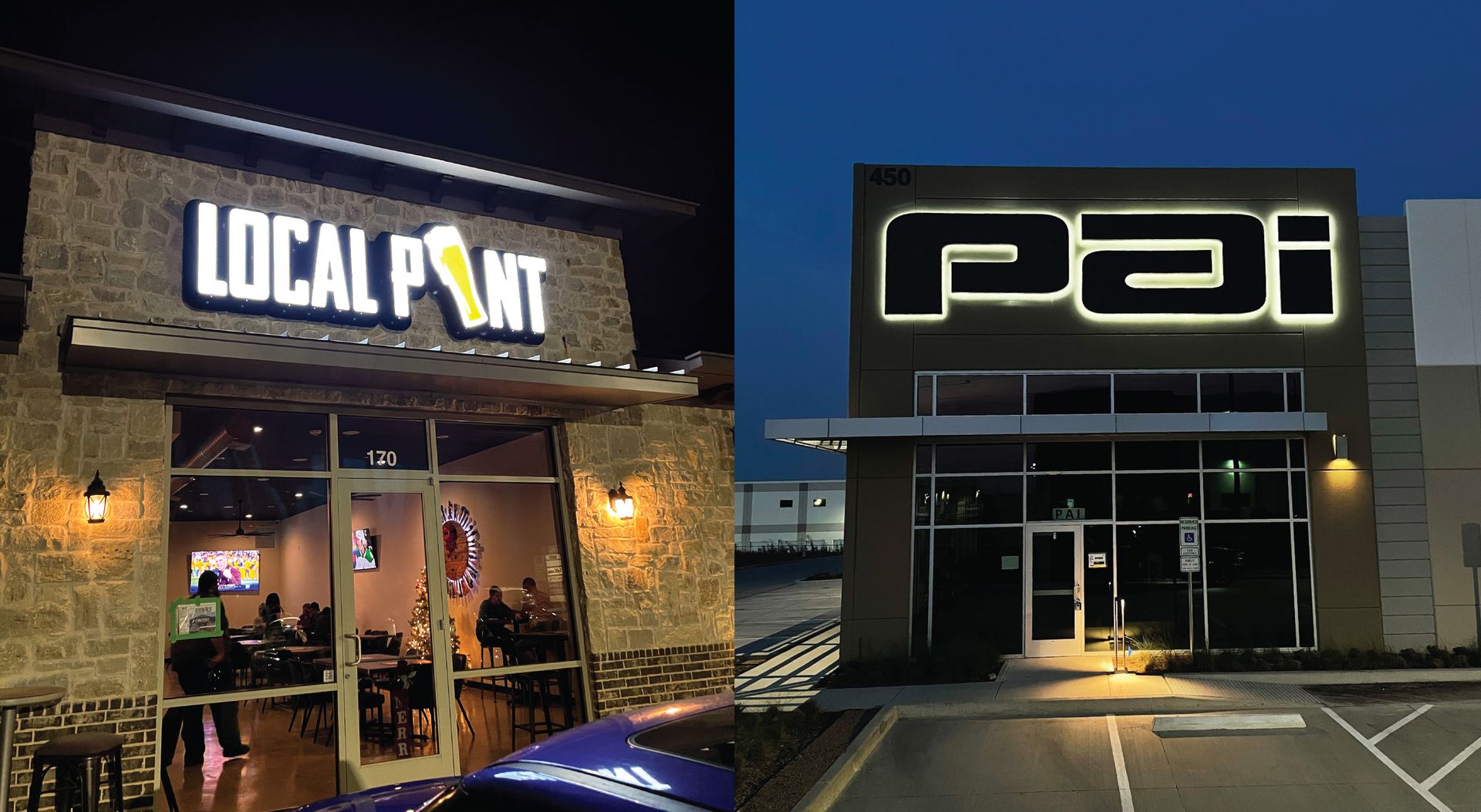
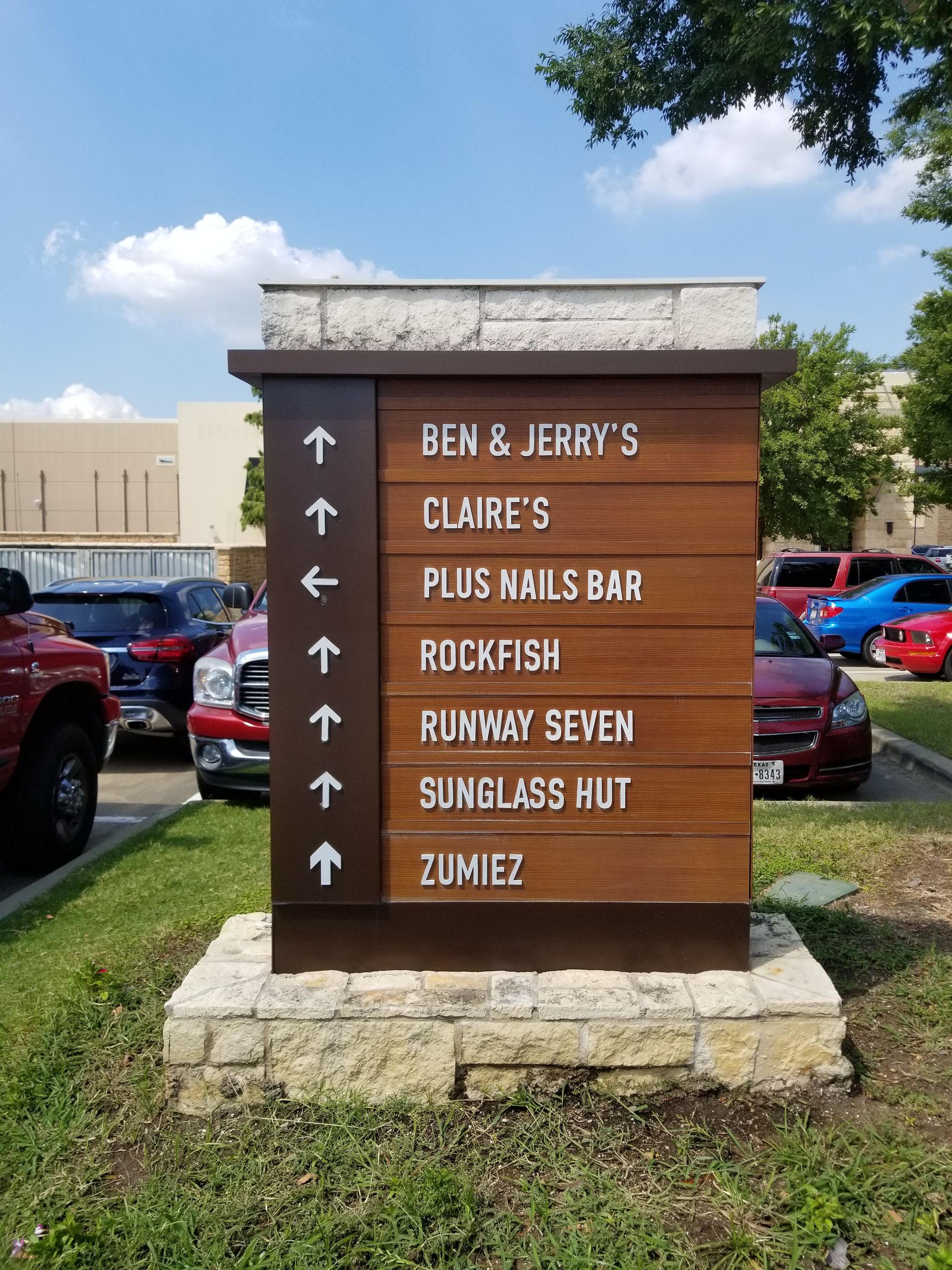
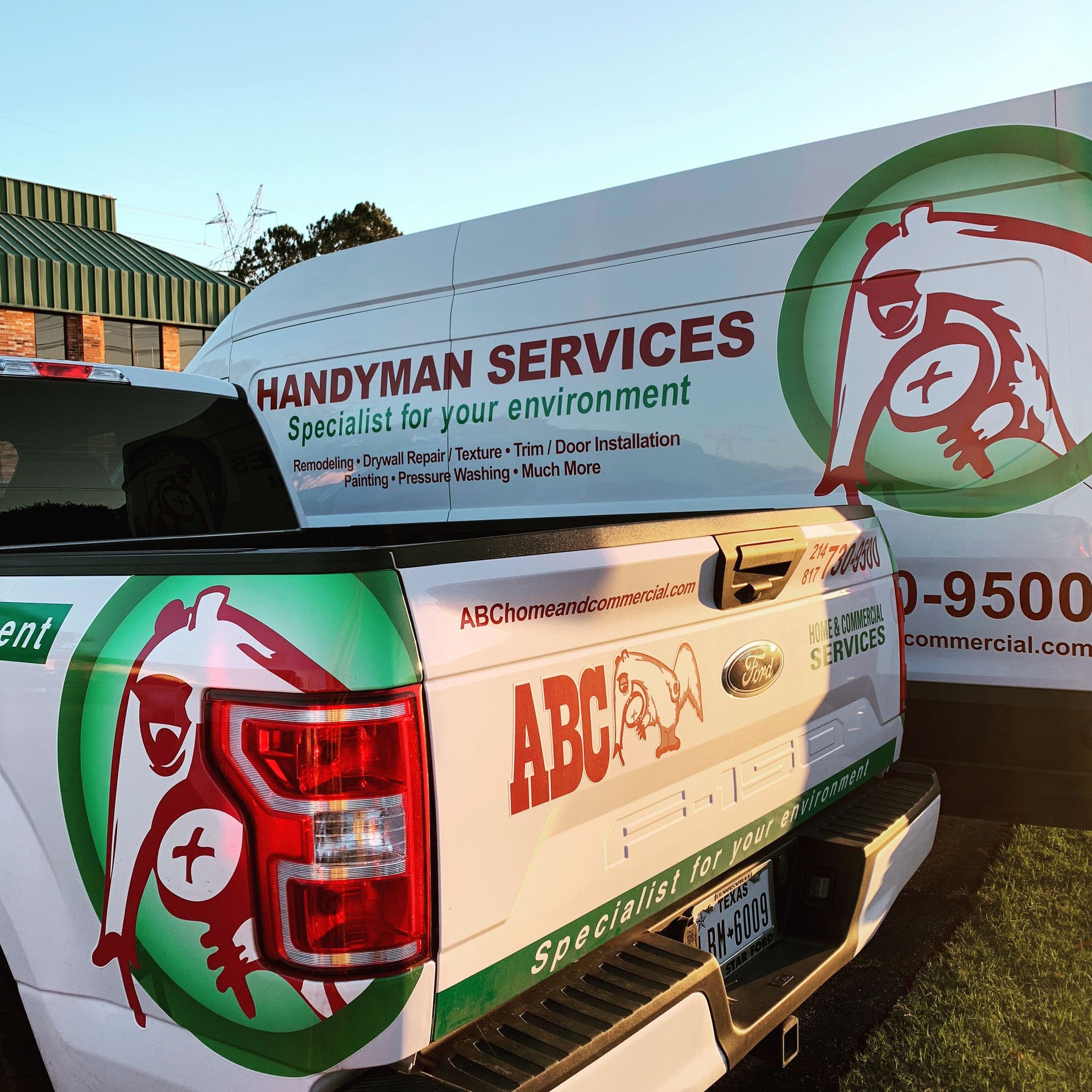
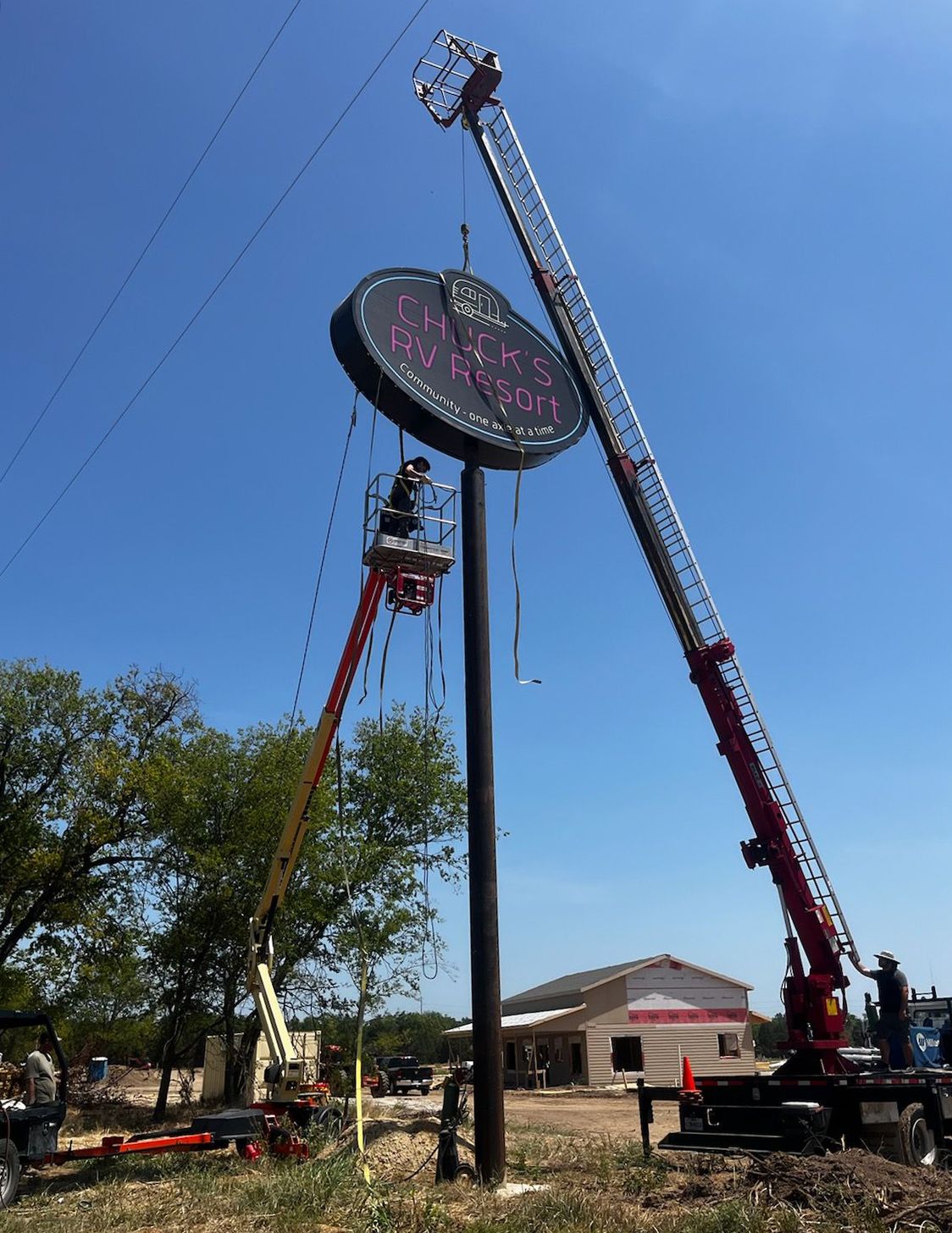
serving
Frisco
McKinney
Lewisville
The Colony
Flower Mound
Argyle
Bartonville
Prosper
Lake Dallas
Highland Village
Little Elm
Celina
Carrollton
Plano
Richardson
Allen
Southlake
Melissa
Farmers Branch
Haslet
Hurst
Bedford
Euless
Corinth
Denton
Keller
Addison
Lantana
North Richland Hills
and surrounding areas
Business Hours
- Mon - Fri
- -
- Sat - Sun
- Closed
Extended Hours By Appointment
Texas Licensed Electrical Sign Contractors TSCL18970

